As the world gets busier, traffic jams have become a part of daily life for many people who travel by car. Sitting in bumper-to-bumper traffic can be not only frustrating but also incredibly time-consuming.
Are you tired of sitting in traffic daily on your way to work or travelling long distances? It’s a common problem for most people, but what if we told you there are times when you can avoid all the chaos and have a peaceful journey? It is no surprise that people are always on the lookout for ways to avoid being stuck in traffic.
Here, we will discuss the best time of day to travel by car. We will cover everything from the morning rush hour to late-night long-distance trips. We’ve also listed some tips and tricks on monitoring traffic conditions, planning alternative routes in advance, adjusting your schedule to avoid peak traffic times, and safely travelling in your car.
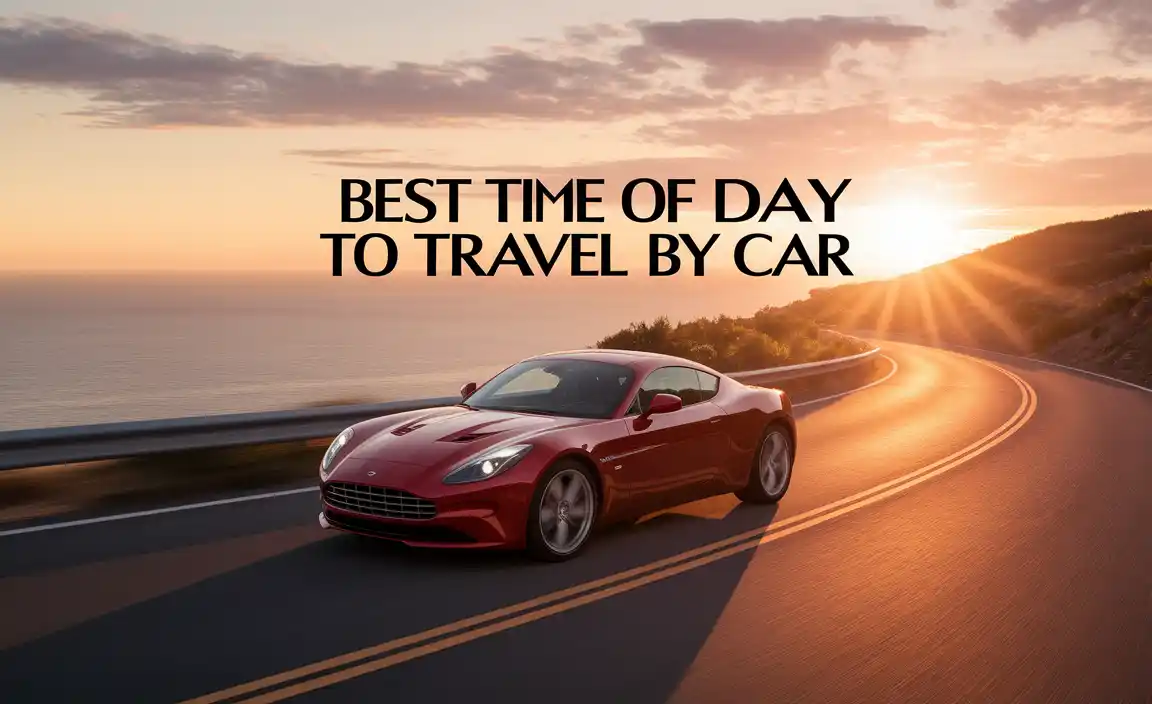
When Is The Best Time Of Day To Travel By Car For Commuters And Travellers
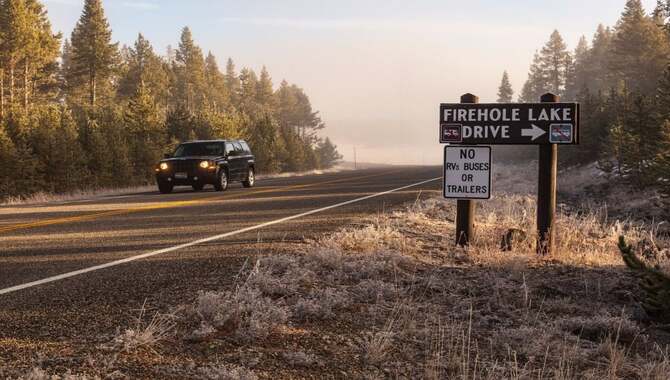
One of the most common questions among car travellers is, “When is the best time of day to travel by car?” The answer, as with many travel-related things, depends on various factors. If you want to avoid traffic, rush hours should be avoided at all costs.
This usually falls between 7-9 a.m. and 4-6 p.m. on weekdays but can vary depending on location. If you’re hoping to enjoy scenic views, early morning or late afternoon may be the best time to travel.
This way, you can catch the sunrise or sunset, making for a breathtaking experience. Additionally, if you’re travelling during the summer, it’s important to remember the heat. Midday travel can be uncomfortable, especially if your car has no air conditioning. Plan your travel in the early morning or late evening when temperatures are cooler.
The Morning Rush Hour
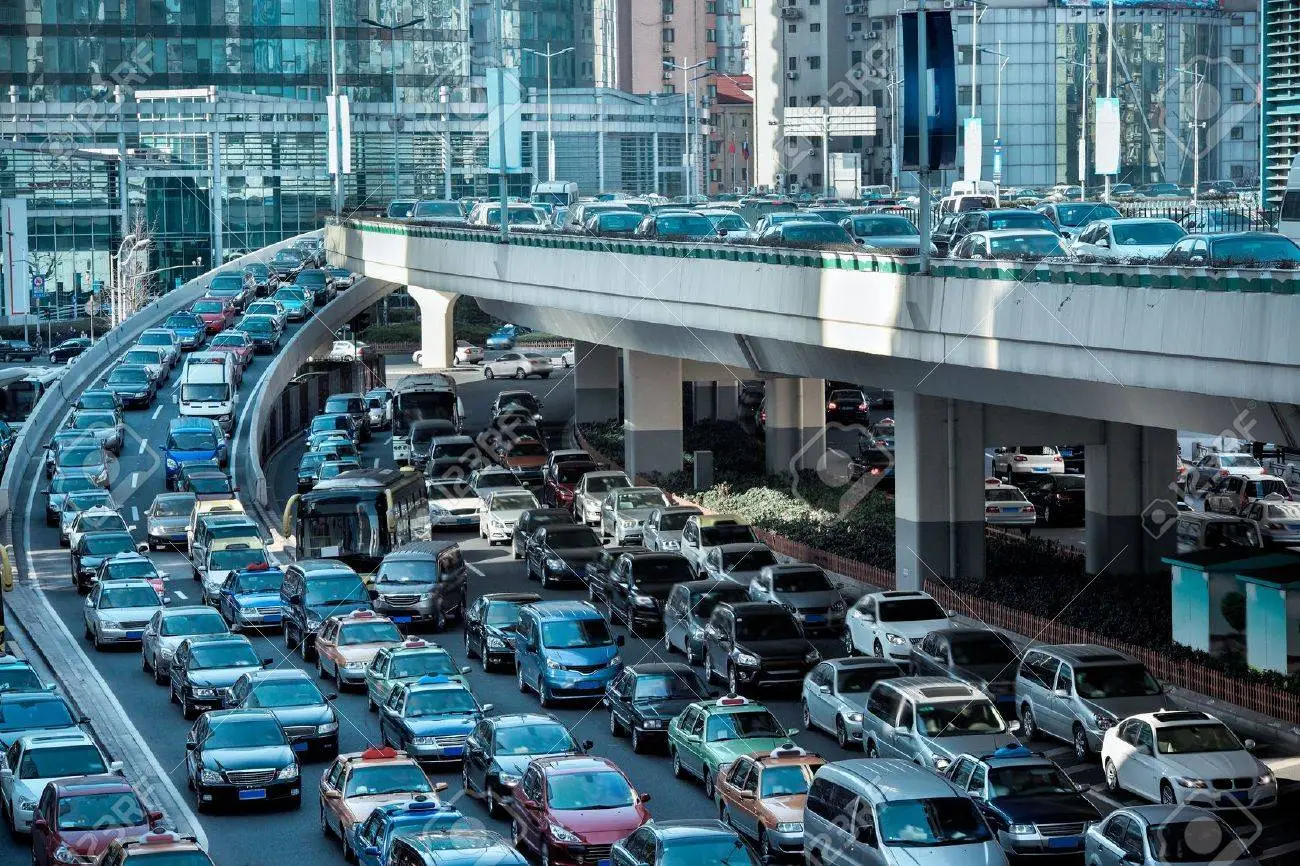
Choosing the best time of day is crucial for a smooth journey during a road trip. The morning rush hour should always be avoided as it typically occurs between 7 am and 9 am on weekdays. Commuters and travellers can plan their itinerary around this by leaving early or later in the day.
Tuesday, Wednesday, and Thursday are considered the best days of the week for travelling. Rush hour traffic can be avoided by utilizing Google Maps, Waze or AAA apps for real-time traffic updates and alternate routes. Traffic conditions should also be checked while planning ahead using GPS technology or roadside emergency kits to ensure safety.
The Afternoon Rush Hour
The afternoon commute can be the worst time of day to travel long distances by car. Rush hour traffic is usually at its peak, making navigating through big cities or near major highways difficult. Instead of travelling during peak hours, planning for mid-day or early morning/late night travel is a good idea.
Make sure you check Google Maps or Waze ahead of time for potential road closures or construction that could cause delays. In addition, consider using AAA or having a roadside emergency kit with you, just in case.
The Evening Rush Hour
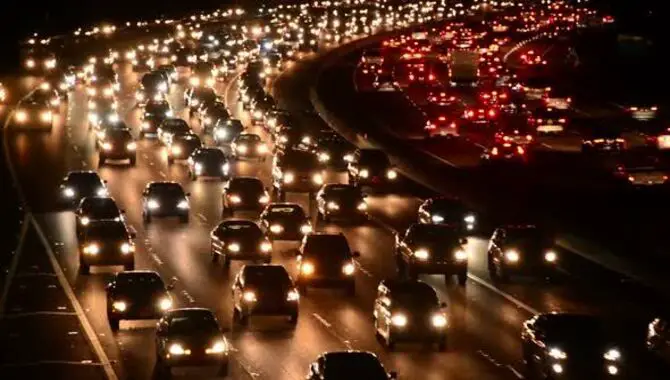
During the evening rush hour, commuters and travellers face heavy traffic between 4 pm and 7 pm on weekdays. To avoid this traffic jam, starting your journey earlier or later in the day is better.
It’s also good to plan your route using Google Maps or Waze and use up-to-date information from these apps to select alternative routes. Rush hour traffic is worse in big cities where road conditions can be challenging during bad weather or visibility issues.
Early Morning Travel For Commuters
Early morning travel is the best choice for commuters who want to avoid rush hour traffic and reach their destination faster. Morning travel offers good visibility and higher driver alertness, ensuring a safer commute.
However, checking the weather and road conditions before hitting the open road is always a good idea. By following this itinerary, commuters can ensure they get the most out of their drive without getting caught up in congestion or traffic jams.
Mid-Day Travel For Travellers

Travelling by car can be a great way to see the country, but choosing the right time of day for your journey is important. While rush hour traffic can be a nightmare, midday can be a good time for a road trip. During this time, you’ll find less congestion on the road and shorter wait times at gas stations and rest stops.
Planning ahead using Google Maps or Waze can help avoid any unexpected congestion due to weather conditions or accidents. Remember that while mid-day may be ideal, choosing the right day of the week (such as Tuesday or Wednesday) or even season (like September) can make all the difference in avoiding those big cities’ busiest times.
Late Night Or Early Morning For Long-Distance Trips

When planning a long road trip, it’s always a good idea to consider the best time of day to hit the open road. Early morning or late night is often deemed as the best time of day to travel for long-distance trips since there’s lesser congestion on the road.
It’s crucial to avoid mid-day and rush hours when possible as they tend to have more cars on the road, causing unwanted delays in your itinerary. Checking weather and road conditions on Google Maps and Waze can help you plan ahead for any roadside emergency kit to carry along with you during your journey.
Using Traffic Apps And Gps To Monitor Traffic Conditions
To ensure a hassle-free journey, it’s always a good idea to use traffic apps like Waze or Google Maps. You don’t have to worry about guesswork; these apps help you stay updated on real-time traffic conditions.
If you’re planning to hit the road during rush hour, try and avoid peak times in the morning and evening. To maximise your itinerary, consider travelling during off-peak hours, such as mid-morning or early afternoon.
Avoiding Rush Hour Traffic
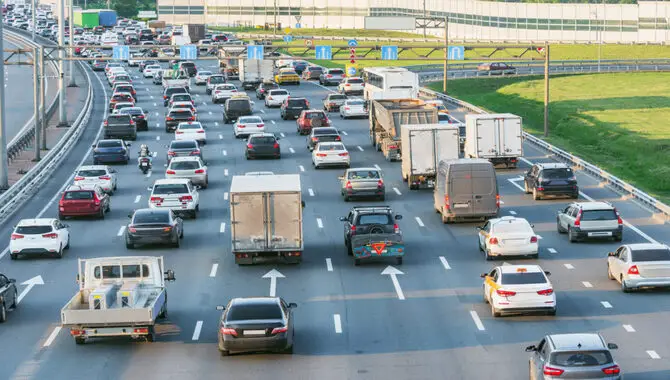
Planning your commute ahead of time is essential if you want to avoid rush hour traffic. Leaving early in the morning or late at night is the best choice for those who want to experience less congestion and open roads.
Weekends, holidays, and off-peak hours such as Tuesday, Wednesday, and Thursday are good options. To ensure you’re always alert while driving, keep a roadside emergency kit in your car and never drive under the influence of alcohol.
Benefits Of Daytime Driving
Travelling by car is an adventure that requires careful planning to ensure a smooth journey. Knowing the best time to hit the open road can make all the difference when embarking on a road trip. While rush hour traffic can cause delays and frustration, driving during off-peak hours, such as mid-week or early morning, is a good idea.
Daytime driving allows for more flexibility in sightseeing and exploring scenic routes. Additionally, it may be safer due to better visibility than nighttime driving when weather conditions or the influence of alcohol could be problematic. Plan your itinerary well in advance using navigation apps like Waze or Google Maps to monitor traffic conditions and find alternate routes.
Planning Alternative Routes In Advance
Planning alternative routes in advance is a good idea to avoid wasting time on the road. Rush hour traffic is always worst between 7-9 am and 5-7 pm on weekdays. Therefore, avoiding these morning hours is better when commuting through big cities.
Tuesday or Wednesday are the best days for long drives without getting stuck in traffic jams. Google Maps and Waze can monitor weather conditions and road closures to help choose the safest route. Commuters should consider using public transportation or carpooling during rush hour for a stress-free ride.
Adjusting Your Schedule To Avoid Peak Traffic Times
To ensure a comfortable journey during your road trip, adjusting your schedule and avoiding peak traffic times is best. You could start either earlier or later than usual on any given day, depending on the day of the week.
Tuesdays are usually better than Mondays for long drives due to lighter traffic, while Saturdays are typically the worst days for driving in big cities.
Planning ahead by checking Google Maps or Waze for traffic updates and weather conditions, along with alternative routes such as scenic routes, could save you miles of travel time and reduce frustration from traffic jams. Commuters could take advantage of early morning hours, while travellers may prefer mid-day trips for convenience.
The National Highway Traffic Safety Administration (NHTSA) recommends avoiding driving during bad weather conditions or when under the influence of alcohol at all times. Public transportation like buses or trains or carpooling with others can also help reduce congestion on busy highways.
Safely Travel In Your Car
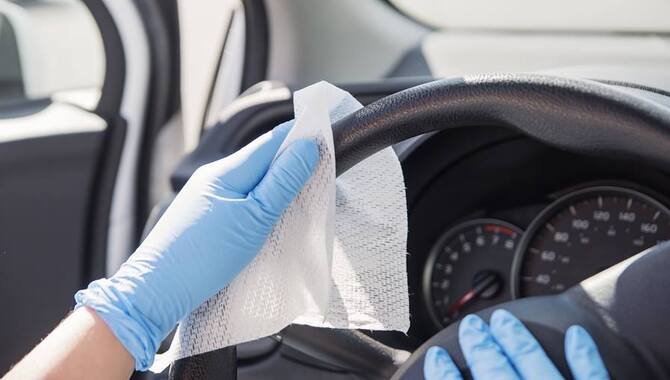
Regarding driving, staying safe on the road should always be a top priority. To ensure your safety, avoiding distractions and staying alert while behind the wheel is important.
Additionally, knowing your local traffic patterns and the purpose of your trip can help you determine the best time to hit the open road. Whether embarking on a long-distance journey or simply commuting to work, prioritizing safety is key for a smooth ride.
Conclusion
The best time of day to travel by car depends on your specific situation and travel needs. Understanding traffic patterns and planning accordingly can save you time, stress, and frustration while ensuring a safe and comfortable journey.
Whether you’re a commuter or traveller, consider adjusting your schedule or taking alternative routes to avoid peak traffic times. And always remember to prioritize safety while driving. For more tips on avoiding traffic and planning your travels efficiently, explore traffic manuals from experienced riders.
Frequently Asked Questions
[rank_math_rich_snippet id=”s-2fd82957-1ead-4fa8-ab02-be5bfef94777″]
